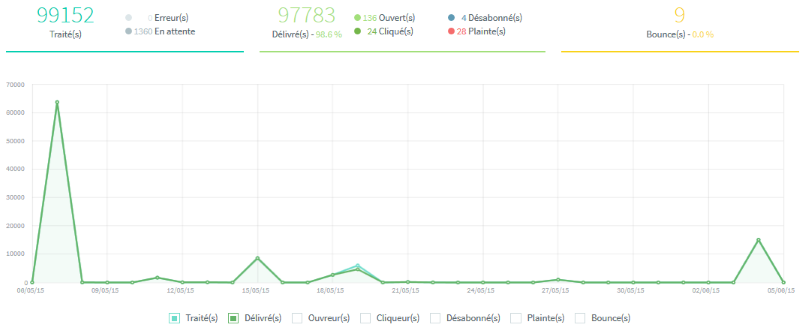

In short, the dashboard data must be designed to be consumed fast, easy, and simple.

With 592 million apps downloaded on mobile daily as per App Annie’s statistics, users would most likely be running on the treadmill or waiting in line for coffee as they browse the dashboard. Unlike a monarch, however, users won’t have the time nor patience to sit and browse the info over tea. It collates all the data gathered so that the user can stay on top of things and, more than that, take action. The Importance of Dashboard UI Designīefore we dive right into dashboard app UI design, here’s a little trivia.ĭid you know that Queen Elizabeth receives a “red box” every day containing daily documents sent by the government to the monarch? Because of her role as head of state, she needs to be in touch with the developments in Commonwealth countries and international affairs.Īn app’s dashboard is somewhat like a “red box” for your users. Stick until the end, and we’ll show you a quick and hassle-free way entrepreneurs, marketers, and agencies request app designs from us. This article will tackle dashboard design and look at examples that reflect the best practices across mobile and web apps: They’re very much aware that a great app concept would be of little worth to users if the UI design isn’t good enough. Many of our tech clients at Penji come to us when they need a stunning dashboard that fosters user engagement.

It’s no wonder that app developers put a premium on excellent dashboard UI design and why it’s a crucial part of UX wireframes. Without a doubt, this User Interface (UI) element can significantly affect the User Experience (UX). It’s the first screen that you see when you log-in, and what you do next may greatly depend on the data that you perceive. An app’s dashboard is meant to offer users the crucial info they need at any given time.


 0 kommentar(er)
0 kommentar(er)
